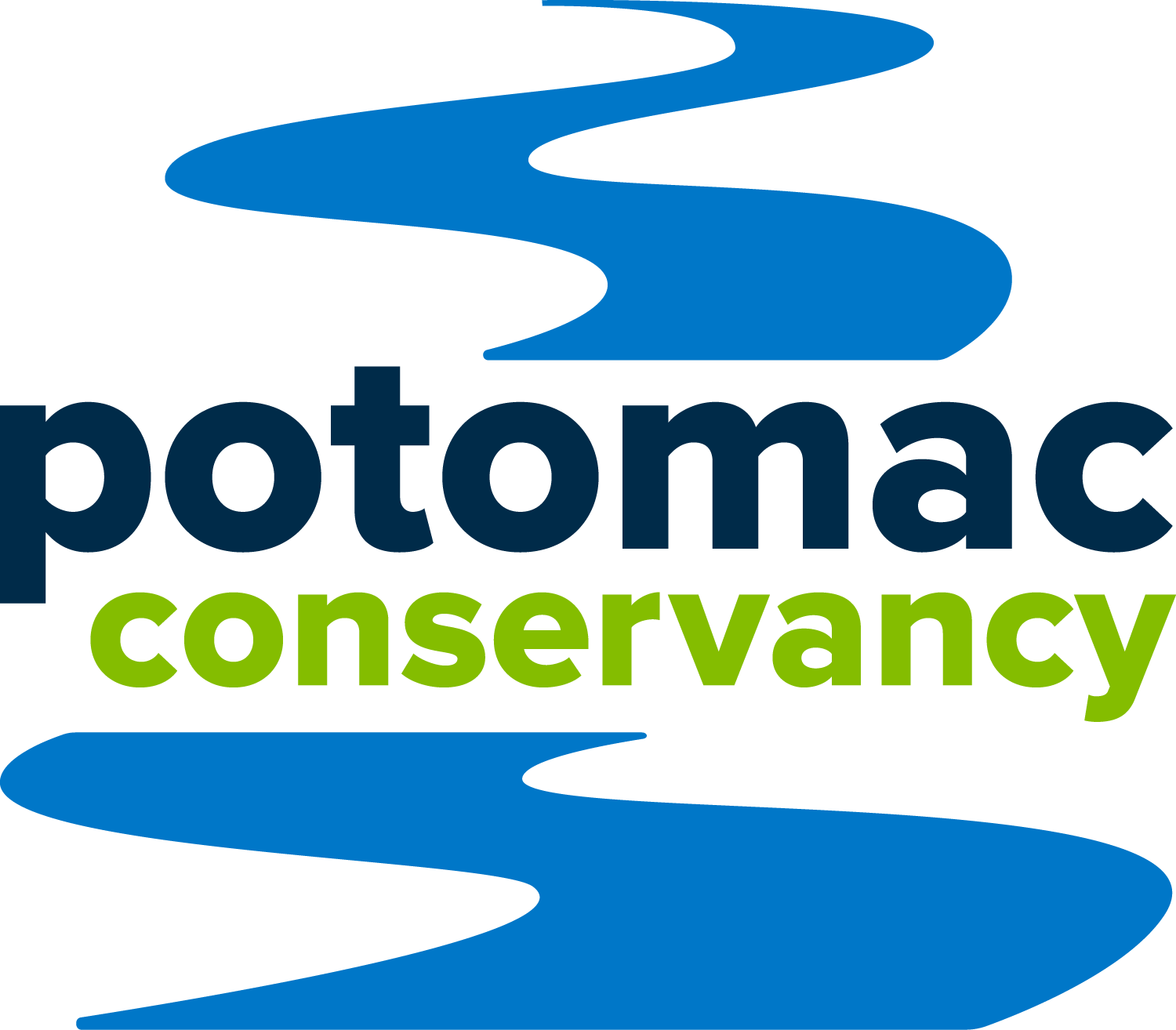4 clean water battles to keep an eye on in Annapolis
/Speak up and make a difference at the state level
Maryland State House in Annapolis, Maryland.
With the 2016 general election behind us, it’s time to turn our attention to the local and statewide issues that matter most for clean water. Local, on-the-ground action coupled with state-led protections continues to be our best chance to save the Potomac River and local streams.
Maryland’s General Assembly reconvenes on January 11, 2017. During the 90-day legislative session, Potomac Conservancy will be working to ensure our leaders stand up for clean water. Thanks to our partners at the Maryland League of Conservation Voters, we’re bringing you a preview of some of the issues that impact the Potomac and offering ways you can speak up for clean water.
The best way to make your voice heard is to contact your representatives and tell them to make clean water a top priority. Do you know who your Maryland state representatives are? Click here and use the "Who represents me?" button in the top right to find out.
Statewide styrofoam ban
syrofoam pollution on the anacostia river. Photo: Anacostia Watershed Society
Polystyrene, a petroleum-based plastic commonly known as styrofoam, is a particularly dangerous pollutant because it is quick to breakdown and leaches toxic chemicals into the water we drink. Montgomery County and Prince George’s County already have polystyrene bans in place as of 2016, and it’s possible that a statewide ban could be introduced in January.
The bans currently in place are already reducing this harmful pollution in the Anacostia River, and a statewide ban would further protect other Maryland rivers and streams, including the Potomac.
Learn More: Find out how plastic pollution is effecting the Chesapeake Bay and local rivers >
Fracking
Photo: Nikki Kahn/The Washington Post
Hydraulic fracturing, or “fracking” as it is more commonly known, is a process whereby liquid chemicals are pumped underground to release natural gas trapped in rock formations. Numerous studies have linked fracking to human health concerns, water quality impairments (the chemicals and gas can leach into groundwater, impacting wells and drinking water), toxic air plumes, and possibly even earthquakes. Maryland’s current statewide moratorium on fracking expires on October 1, 2017.
Draft regulations were recently released by the Maryland Department of the Environment (MDE), but regulations cannot control the harmful effects of fracking, no matter how stringently they are enforced. Thanks to the hard work of regional and national environmental groups including Clean Water Action and the Chesapeake Climate Action Network, multiple Maryland counties and municipalities have passed individual bans on fracking. We expect a statewide fracking ban to be a hot topic for the 2017 General Assembly.
Take Action: Sign Chesapeake Climate Action Network's petition to support a statewide fracking ban >
Clean energy
Increasing clean energy sources in the state will mean that dirty energy sources, like coal and natural gas, are less likely to contaminate our waters. We’ve seen the devastating impacts of coal ash along the Potomac, and we champion efforts to reduce and eliminate spills and contamination from these types of energy sources.
The Clean Energy Jobs Act passed in the 2016 General Assembly legislative session but was later vetoed by Governor Hogan, who labeled the legislation as a “tax increase.” The law promotes Maryland’s use of renewable sources of energy, like wind and solar, and stipulates that 25 percent of the state’s electricity must come from these sources by the year 2020. The act would create jobs and help Maryland move to more sustainable energy sources.
Overturning Governor Hogan’s veto (which requires the approval of three-fifths of the 141-member House of Delegates and the 47-member Senate) will be a priority in January.
Take Action: Contact your representative today to urge support of the Clean Energy Jobs Act >
Sewage pollution and septic regulations
Photo: Anna Farrell, FLickr
In August, Governor Hogan announced his intent to rollback septic regulations that protect water quality throughout the state. By removing the requirement for using best available septic technologies, Governor Hogan opened up the majority of the state to more sewage pollution and, potentially, more detrimental sprawl.
While best available septic technology is still required in the Chesapeake Bay Critical Areas (areas within 1,000 feet of Maryland tidal waters or wetlands), using older, outdated septic technology allows sewage pollution to seep into groundwater and our drinking water. Urging the General Assembly to reject the septic rollbacks will protect our local streams and the Potomac.
Learn more: How does sewage pollution affect local streams and creeks?


















Data centers aren’t new to the Potomac River region, but over the past decade, we have seen a boom in construction, especially in Loudoun County, Virginia. How are these data centers affecting the Potomac River region? Dive in with us.